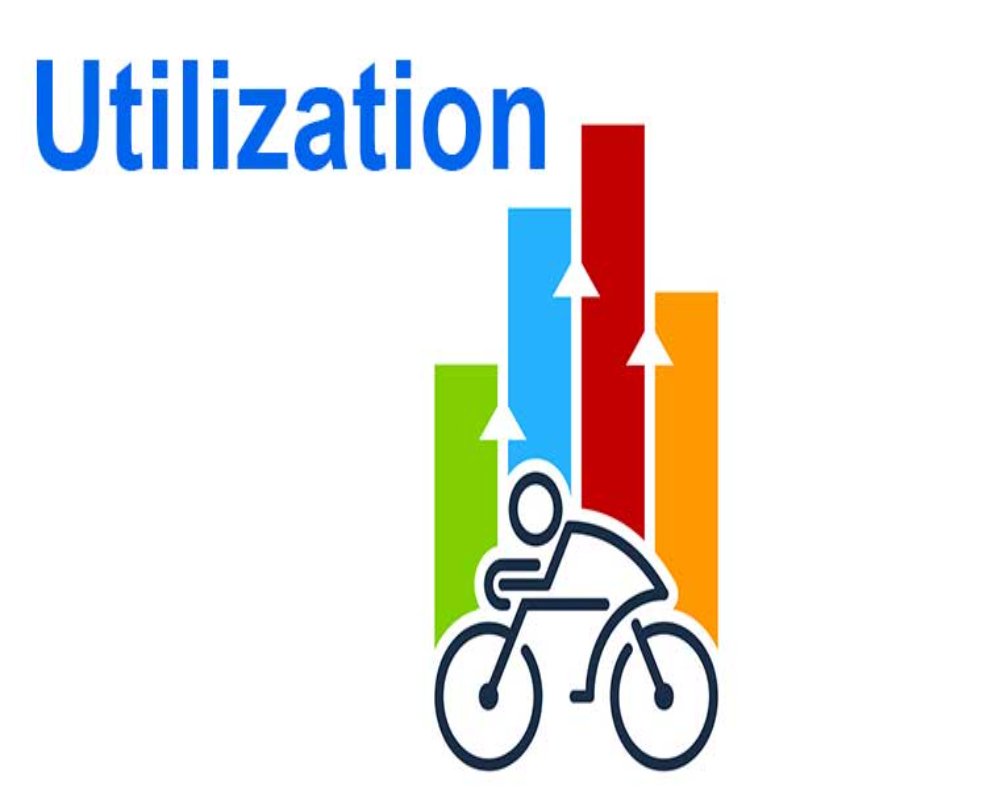Introduction
The future of land utilization is shaped by a variety of factors including population growth, technological advancements, urbanization trends, environmental concerns, and shifts in economic activities. As the global population continues to rise, there is an increasing demand for land to accommodate residential, commercial, industrial, and agricultural needs. Simultaneously, sustainability goals, environmental considerations, and the evolution of digital technologies are all influencing how land is used and developed. Understanding future land utilization trends is essential for urban planners, investors, and policymakers to create resilient, efficient, and sustainable environments. These trends will dictate how cities expand, how agricultural areas are utilized, and how industries and businesses grow in the coming decades.
Urbanization and Smart Cities
One of the most significant trends influencing future land utilization is urbanization. As more people move into cities in search of better economic opportunities and improved living standards, the demand for land in urban areas has soared. This has led to a rise in high-density residential developments, mixed-use buildings, and the expansion of commercial hubs.
A growing trend within urbanization is the development of smart cities, which integrate digital technologies into urban infrastructure to improve the quality of life. Smart cities leverage technologies such as the Internet of Things (IoT), data analytics, and renewable energy systems to optimize land use. This can include efficient transportation systems, energy-efficient buildings, and urban farming initiatives, all of which enhance sustainability while accommodating growing populations. In this context, land utilization will be focused on maximizing space through vertical construction, reclaiming underutilized areas, and promoting green building practices.
Sustainability and Green Spaces
Another key trend in land utilization is the increasing emphasis on sustainability. With growing awareness of environmental challenges such as climate change and biodiversity loss, urban planners and developers are focusing on sustainable land use practices. This includes integrating green spaces, promoting eco-friendly construction materials, and prioritizing energy-efficient designs.
In many urban areas, there is a push to preserve or create green spaces, such as parks, urban forests, and community gardens. These spaces not only enhance the livability of cities but also help mitigate urban heat islands, improve air quality, and provide recreational opportunities for residents. Future land utilization will likely see more emphasis on these sustainable, multi-functional spaces, which serve both environmental and social purposes.
Technological Advancements in Agriculture
Land use in agriculture is also undergoing transformation due to technological advancements. Traditional farming methods are being supplemented with innovations such as precision agriculture, vertical farming, and the use of drones and sensors to monitor crop health and optimize land use.
In the future, agricultural land may be used more efficiently, with less environmental impact. For example, vertical farming allows for crops to be grown in stacked layers, reducing the need for vast tracts of land. Similarly, precision agriculture helps farmers use resources such as water, fertilizers, and pesticides more effectively, improving yields while minimizing waste. These trends can make agricultural land more productive, allowing for the expansion of food production to meet the demands of a growing population while minimizing the environmental footprint.
Renewable Energy and Land Utilization
The shift towards renewable energy sources is another factor that will shape future land utilization. As the world transitions away from fossil fuels, land will be increasingly used for renewable energy projects, including solar farms, wind turbines, and biomass production. Large-scale solar and wind farms are already being established in rural areas and on land that may have been underutilized or otherwise unsuitable for agriculture or development.
In some regions, the integration of renewable energy systems into urban settings is also becoming a trend. For instance, cities may implement solar panels on rooftops or use land for community wind and solar projects. This shift towards renewable energy will not only change the way land is used but also play a significant role in meeting global sustainability goals.
Industrial Land Shifts and E-Commerce
The rise of e-commerce and technological advancements in logistics is also changing the way industrial land is utilized. As online shopping grows, the demand for distribution centers, warehouses, and last-mile delivery hubs has increased. This trend is pushing industrial land use closer to urban centers, reducing delivery times and transportation costs.
Additionally, there is an increasing demand for spaces that facilitate advanced manufacturing, such as 3D printing or robotics. These types of facilities require specialized infrastructure and land, which may not be suitable for traditional industrial uses. Future land utilization in industrial sectors will involve a reimagining of land use in urban peripheries, focusing on logistics hubs and technologically advanced manufacturing facilities.
Land Preservation and Conservation
As urban areas expand, there is growing concern over the preservation of natural habitats and agricultural land. In response, many countries and regions are adopting policies that encourage conservation and sustainable land management. These policies may include zoning laws that restrict development on environmentally sensitive land, as well as programs that incentivize landowners to preserve open spaces, wetlands, forests, and other important ecosystems.
In the future, more emphasis will likely be placed on balancing development with conservation, ensuring that critical ecosystems are preserved for future generations. This could include the creation of protected green belts around cities, sustainable forestry practices, and the establishment of conservation easements that limit the use of certain tracts of land.
Conclusion
The future of land utilization is shaped by a combination of technological advancements, urbanization trends, environmental concerns, and shifting economic needs. As the demand for land increases, especially in rapidly growing urban areas, it will be essential to adopt strategies that prioritize sustainability, efficiency, and resilience. Future land utilization will require balancing the need for development with the preservation of natural resources and ecosystems. As urban spaces continue to grow and evolve, the way land is used will play a critical role in shaping sustainable, livable environments for future generations.
Hashtags
#FutureLandUse #SustainableDevelopment #UrbanPlanning #LandUtilization #SmartCities #GreenSpaces #EnvironmentalImpact #LandManagement #FutureTrends #UrbanDevelopment #SustainableLiving #ClimateResilience #LandUsePlanning #EcoFriendly #CommunityDevelopment #AgriculturalInnovation #LandConservation #ResourceManagement #FutureCities #UrbanSustainability


